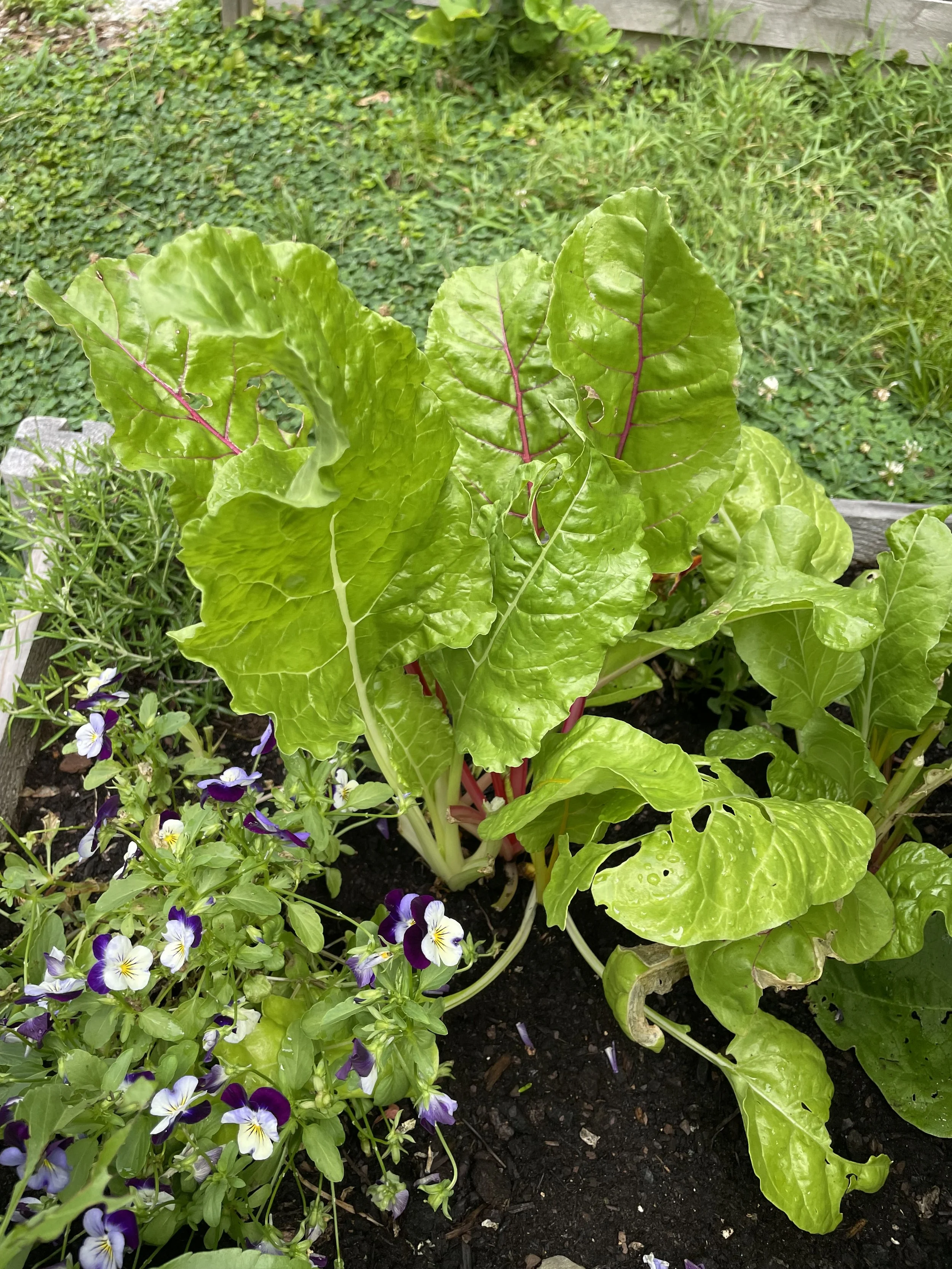Cold season 2025 is right around the corner
Let’s make a plan!
Focus on these three steps to get growing:
1. Spend February on your setup
Starting from scratch? Think about your ‘why,’ and let it guide you. Think food production, a beautiful retreat, the experience of learning, or contributing to biodiversity. Pick your top priority.
Need to add structure to your garden? Now’s the time to gather materials. Think raised beds, trellises, pathways, etc.
This is also a great time to buy seeds or pre-order plugs.
Just need to prep your beds? Add compost and worm castings.
2. Spend March planting
Most plants in the kitchen garden are annuals and have an average lifespan of 90 days. Similarly, most of our growing seasons have an average of 90 days. While we could technically start growing in February — and cover crops if temps dip below 30 degrees for more than 12 hours — most of us in Connecticut will enter the cool season in March.
Spend this first month — as early as possible — focusing on transplanting (especially, large plants like kale and broccoli) and sowing seeds (carrots, radishes, peas, and succession planting lettuce).
Natives can be planted in ground or in raised beds.
3. Spend April tending your garden
Your plants are really taking off now!
Focus on clearing and pruning. Keep the soil clear of anything unwanted or debris that can provide hiding places for pests. Prune any lower leaves that touch the ground and keep the soil clear of anything that can be used as a bridge or pathway by pests. Don’t prune more than 1/3 of any one plant at a time.
Support your plants with stakes or, ideally, a trellis or arch. You may also want additional compost or nutrients.
Need more help?
We’re happy to help you source materials, assess your space, get you a custom planting plan, and provide individual coaching.

